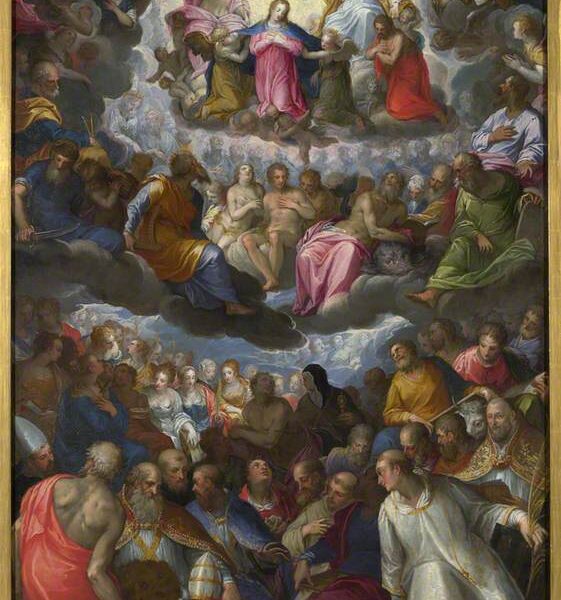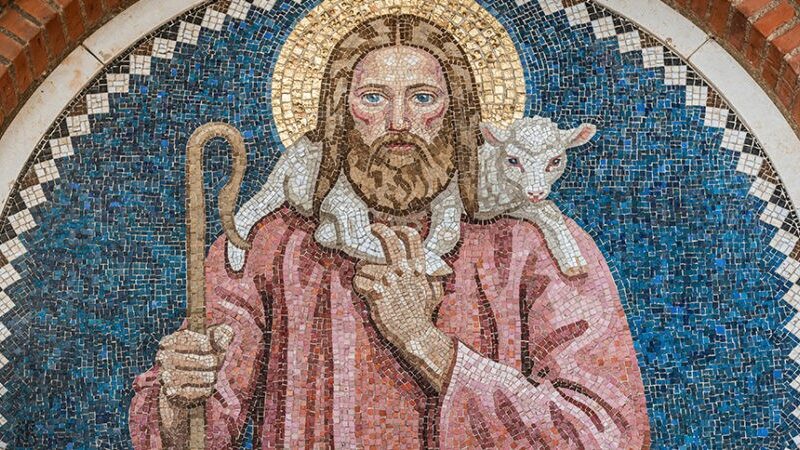
Popular Piety: Icons and Images


In the Bible we can find some passages concentrating on this issue. In the Old Testament, God ordained (the ark of the covenant, the cherubim) or permitted (“You shall not make for yourself an idol, whether in the form or anything that is in heaven above, or that is on the earth beneath, or that is in the water under earth” – Dt 5:8) the making of images. In the New Testament, one fact has a great and important meaning for us when we talk about sacred painting, that is the Incarnation of Jesus Christ, when God received flesh and became a man. And St. Paul writes in his letters “He being found in human form” (Phil 2:7) and “He is the image of the invisible God” (Col 1:15).

In the history of Church there is one very well-known image of Christ and this is very unusual picture, because Jesus Christ Himself is its co-author. This is the picture of the Merciful Jesus. One time he appeared to Sister Faustina and said: “Paint an image according to the pattern you see: with the signature: Jesus, I trust in You”. Jesus desired this image and with it made special promises for anybody who prays and puts their trust in Him before this sacred icon.
We have to remeber that “the honour paid to sacred images is a ‘respectful veneration’, not the adoration due to God alone” (CCC 2132). The great Dominican, St. Thomas Aquinas writes: “The worship of religion is paid to images, not as considered in themselves, nor as things, but as images leading us to God incarnate. Now movement to an image as image does not stop at the image, but goes on to the thing it represents” (Summa Theologica II-II, 81, 3, ad 3).


